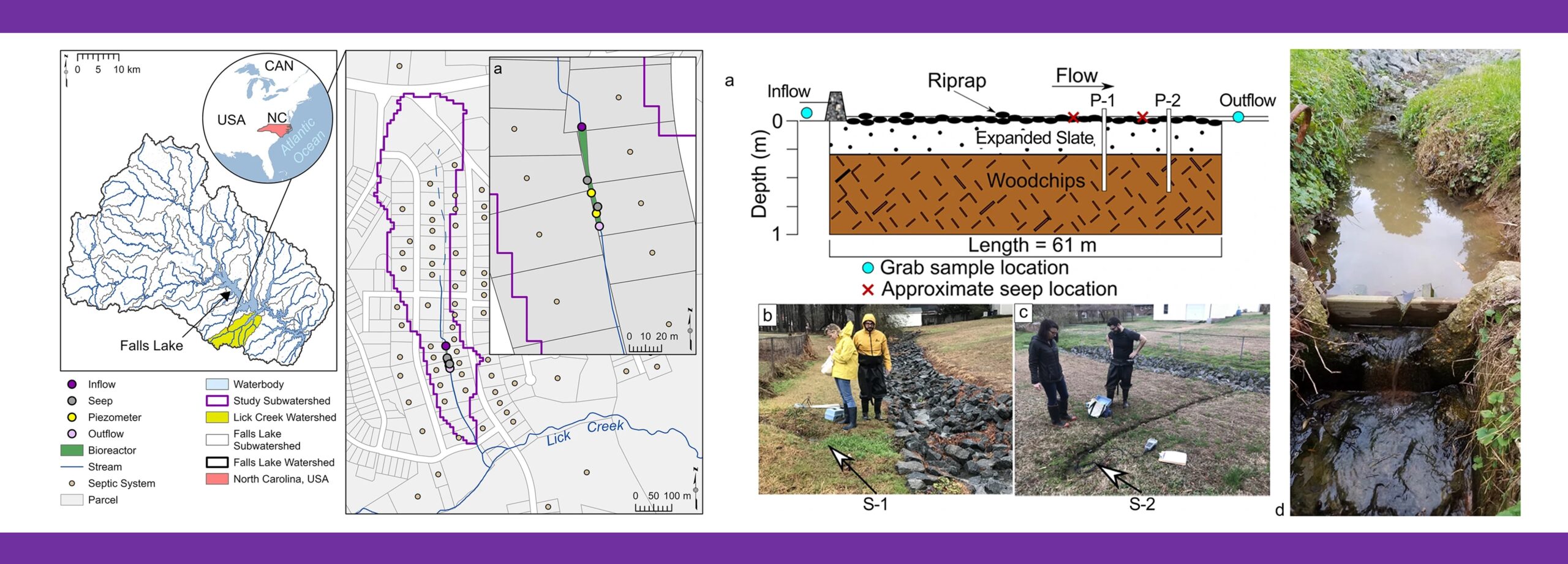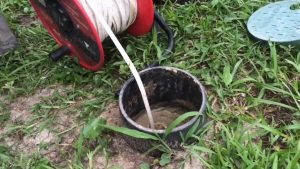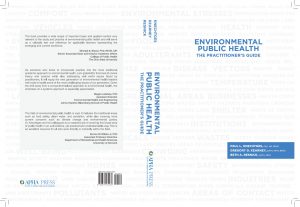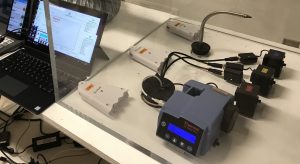Iverson G, Humphrey CP, O’Driscoll M, Sanderford C, Bean E, Underwood WJ, Pradhan S and Etheridge JR (2024). Quantifying Nitrogen Treatment by an In-stream Bioreactor in a Watershed Served by Septic Systems. Environmental Processes 11(22): 1-24. doi:10.1007/s40710-024-00701-x
Abstract
Septic systems are potentially significant sources of nitrogen to groundwater and surface water. In-stream practices, such as in-stream bioreactors (IBRs), that promote or enhance nitrogen treatment are promising solutions to reduce nitrogen loads to nutrient-sensitive water. More work is needed to evaluate the efficiency of IBRs in new applications, such as residential sub-watersheds with a high-density of septic systems. The goal of this study was to quantify nitrogen treatment by an in-stream bioreactor (IBR) during baseflow conditions. The IBR was constructed in March 2017 when approximately 1 m of streambed sediment was excavated and backfilled with 0.75 m of woodchips capped by 0.2 m of rotary-kiln, expanded slate and boulder-sized riprap. Samples were collected monthly from July 2017 – March 2019 including IBR inflow, monitoring ports within the IBR, groundwater seeps draining to the IBR, and IBR outflow. Water samples were analyzed for total dissolved nitrogen (TDN), nitrate, ammonium, dissolved organic carbon, chloride, and nitrate isotopic fractionation. The IBR reduced the median concentration of TDN and nitrate by 40% and 77%, respectively. The median mass removal of TDN and nitrate was 26 and 5.2 g day− 1, respectively. Nitrogen-chloride ratios and isotopic fractionation data suggest that denitrification was likely a predominant nitrogen reduction mechanism. In addition to nitrogen treatment, the IBR provided other benefits by improving erosion control, streambank stabilization, and increased bank-full storage from 6 m3 to 19.2 m3. Results indicated that the IBR improved water quality and other residential sub-watersheds with septic systems would benefit from similar practices.




